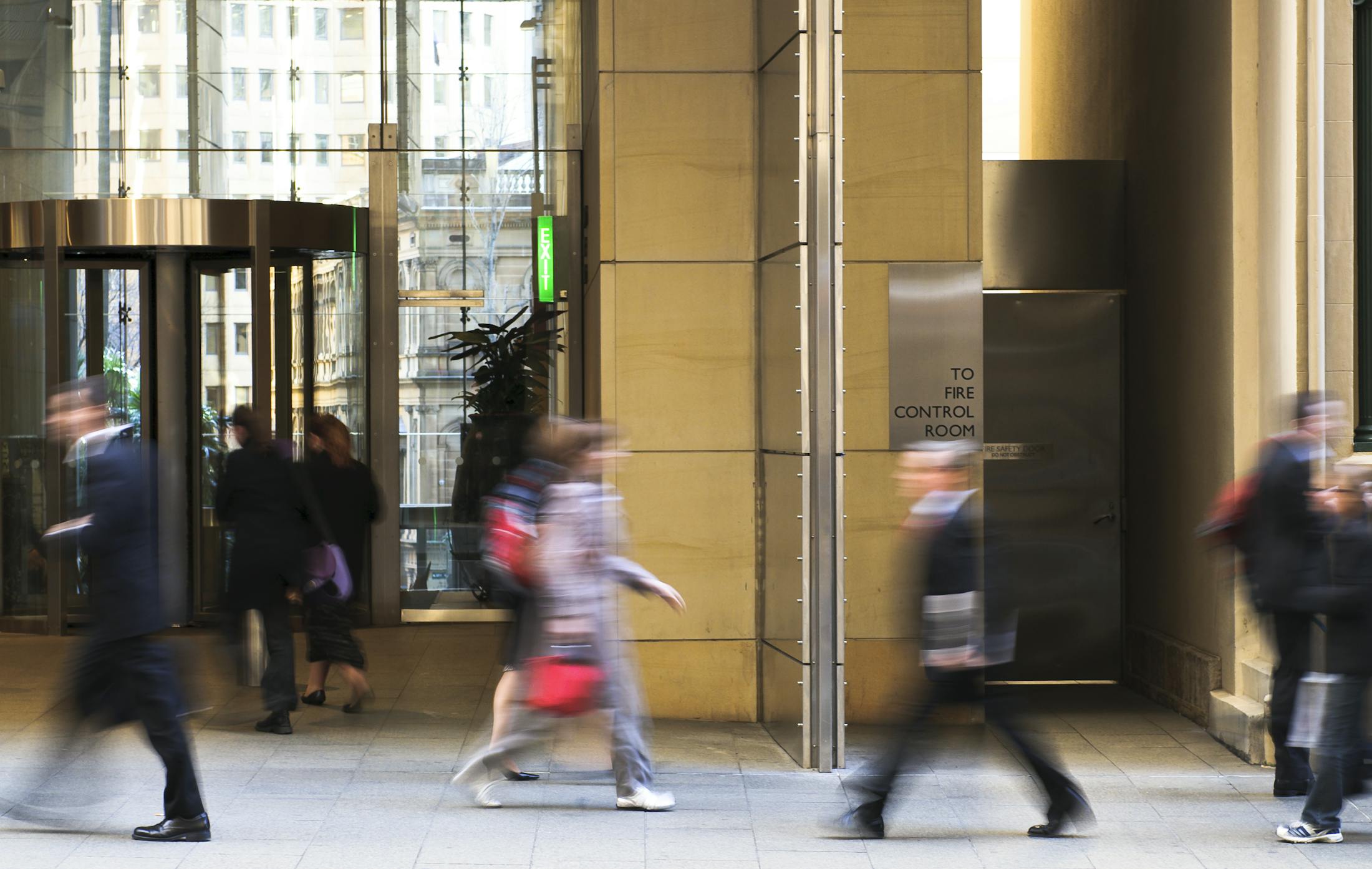Common Causes of Pedestrian Accidents in NYC
Pedestrian accidents in New York City result from a complex interplay of factors involving both drivers and pedestrians. Addressing these common causes requires concerted efforts from city planners, law enforcement, and the public. If you or a loved one has been injured in a pedestrian accident, New York City pedestrian injury attorney Michael Lamonsoff, "The Bull," will find the evidence to prove the negligent driver's liability and recover the largest possible compensation for your injuries and losses.
Key causes of pedestrian accidents in NYC include:
Distracted Driving
Drivers using cell phones, eating, or engaging in other activities that take their attention away from the road constitute a major cause of pedestrian accidents. Even a momentary lapse in attention can result in a tragic accident, especially in a city as busy as New York.
Speeding
Excessive speed reduces a driver's reaction time and increases the severity of accidents. In densely populated areas, speeding drivers pose a significant risk to pedestrians who may not have enough time to react to an approaching vehicle.
Failure to Yield Right-of-Way
Many pedestrian accidents occur when drivers fail to yield the right-of-way to pedestrians at crosswalks and intersections. This is especially dangerous at unmarked crosswalks where drivers might not expect pedestrians to cross.
Turning Vehicles
Left turns at intersections are particularly hazardous for pedestrians. Drivers may focus on oncoming traffic and fail to notice pedestrians crossing the street. Right turns on red lights can also be dangerous when drivers do not fully stop and look for pedestrians.
Impaired Driving
Driving under the influence of alcohol or drugs significantly impairs a driver’s ability to operate a vehicle safely. Impaired drivers are more likely to engage in risky behaviors, increasing the likelihood of pedestrian accidents.
Jaywalking
While drivers are often at fault, pedestrians who cross streets outside of designated crosswalks or against traffic signals can also contribute to accidents. Jaywalking can catch drivers off guard, especially in high-traffic areas.
Poor Visibility
Accidents frequently occur during low-light conditions, such as at night or in inclement weather. Poor street lighting, heavy rain, fog, and other visibility-reducing factors can make it difficult for drivers to see pedestrians.
Inadequate Infrastructure
Areas with poor pedestrian infrastructure, such as a lack of crosswalks, pedestrian signals, or sidewalks, can increase the risk of accidents. Construction zones and poorly maintained roads also pose hazards to pedestrians.
Aggressive Driving
Aggressive behaviors such as tailgating, weaving through traffic, and running red lights can endanger pedestrians. Aggressive drivers are less likely to yield to pedestrians and more likely to cause accidents.
Dooring Incidents
In areas with heavy bike and pedestrian traffic, dooring incidents—where a driver or passenger opens a car door into the path of an oncoming pedestrian or cyclist—can cause serious injuries.
Bicyclist Collisions
Pedestrians can also be injured in collisions with bicyclists, especially in areas where bike lanes and pedestrian walkways intersect. Both cyclists and pedestrians need to be aware of each other and follow traffic rules.
Public Transportation
Buses and taxis can pose risks to pedestrians, particularly at bus stops and taxi stands where there is frequent loading and unloading. Pedestrians may step into traffic unexpectedly, or drivers may not see them while maneuvering.
Construction Zones
Construction sites often create temporary changes in pedestrian routes, which can be confusing and hazardous. Inadequate signage and barriers can lead to pedestrians walking in unsafe areas.



